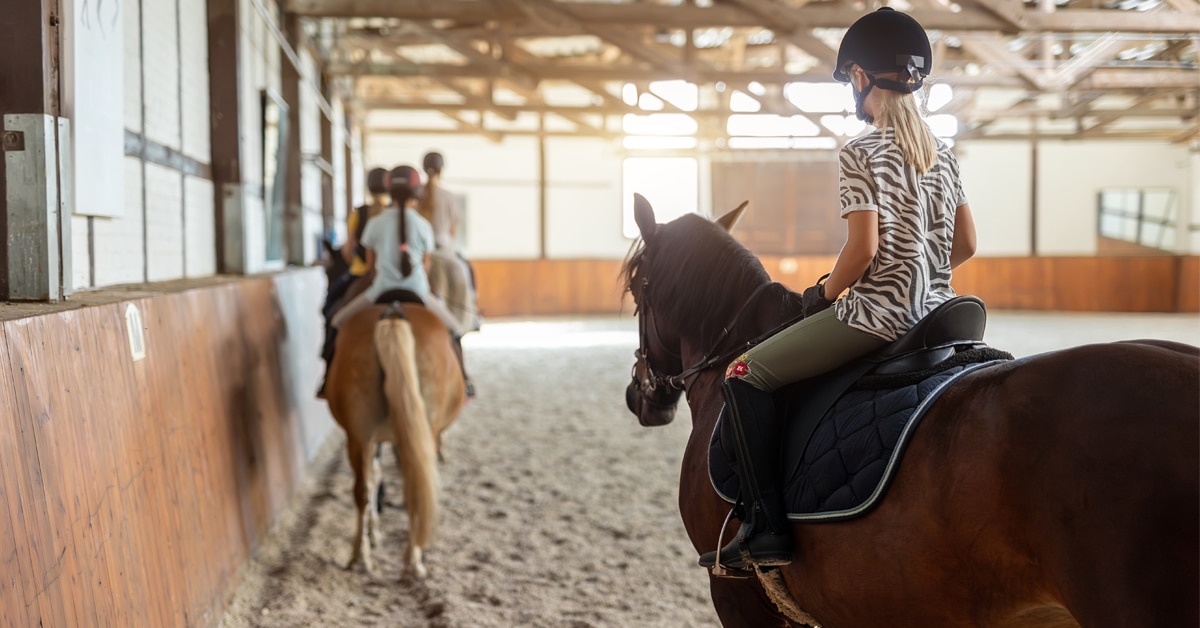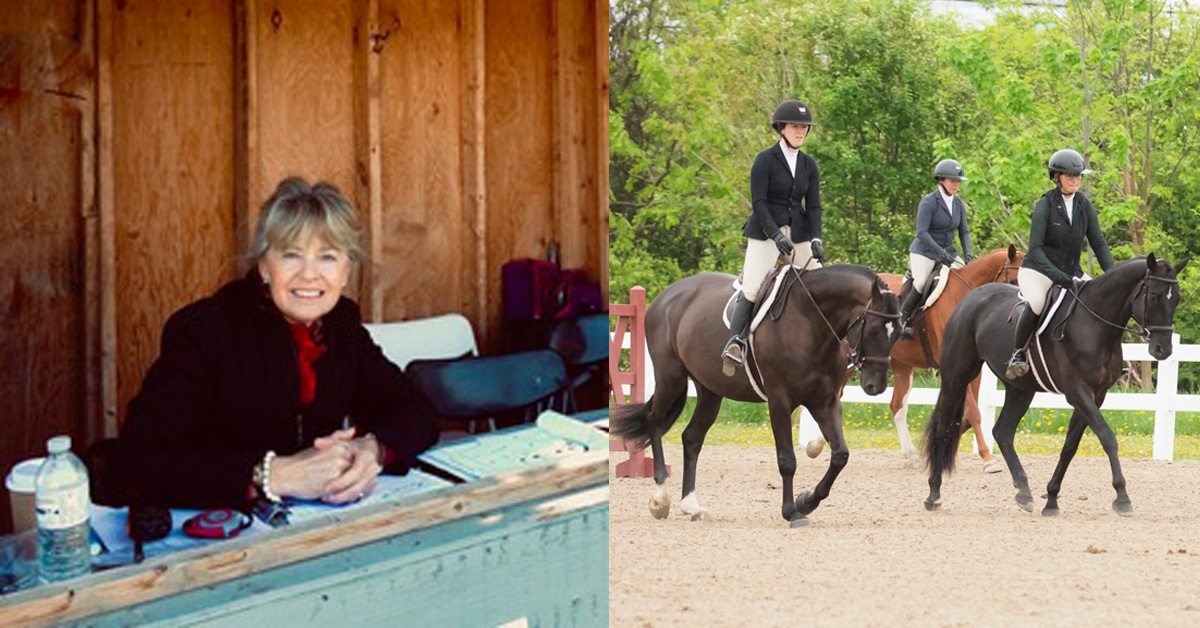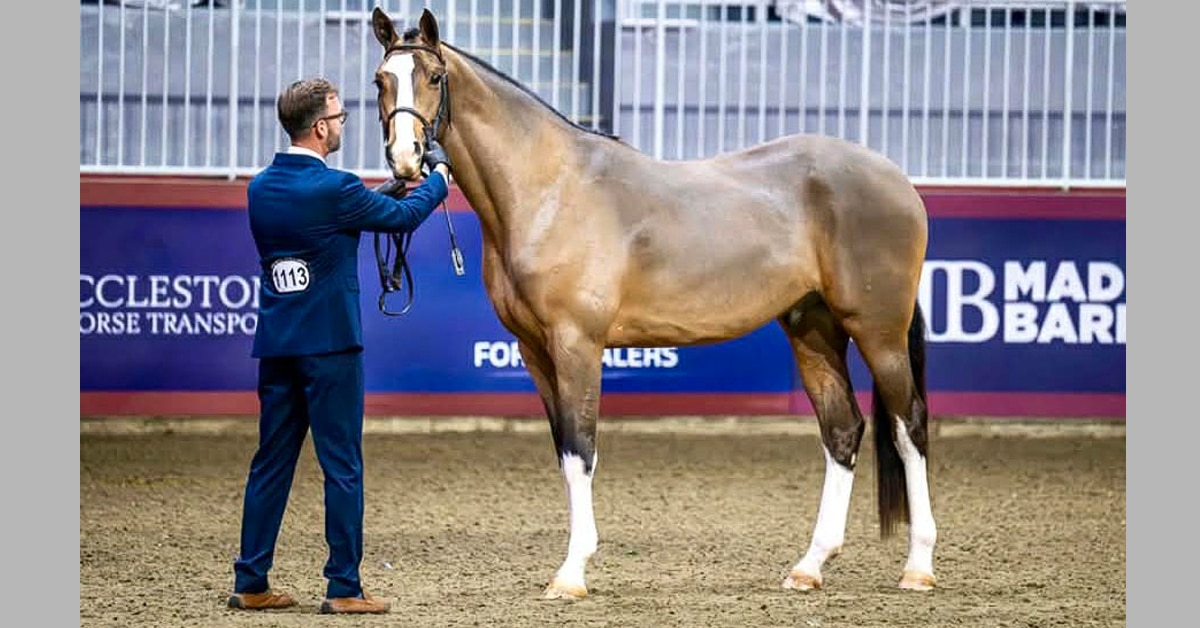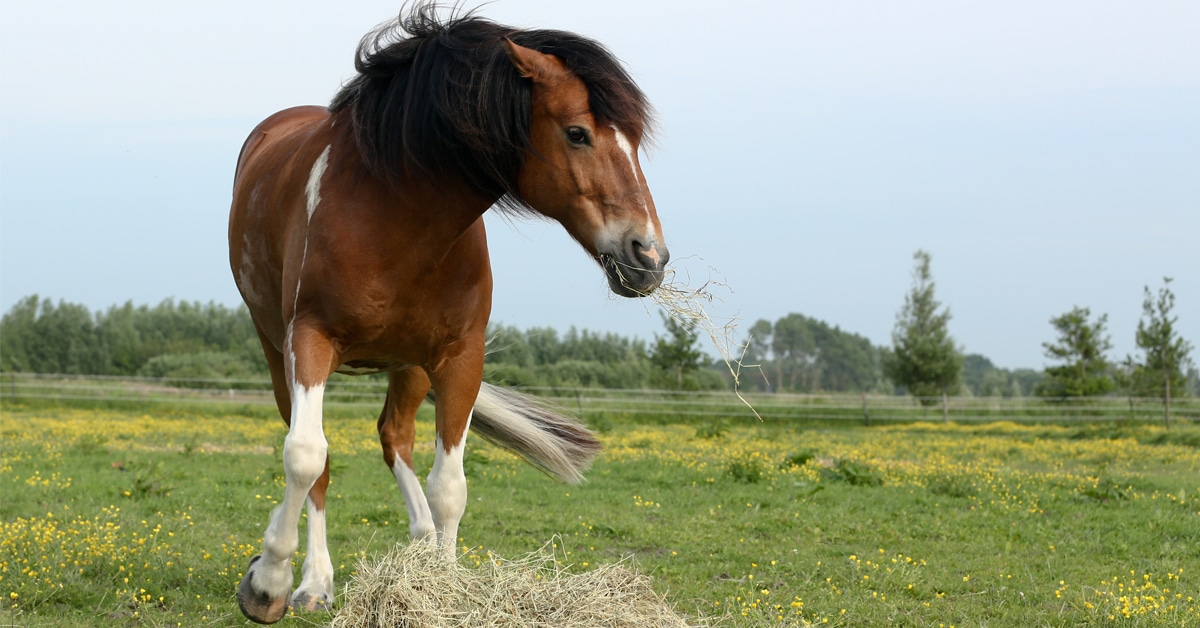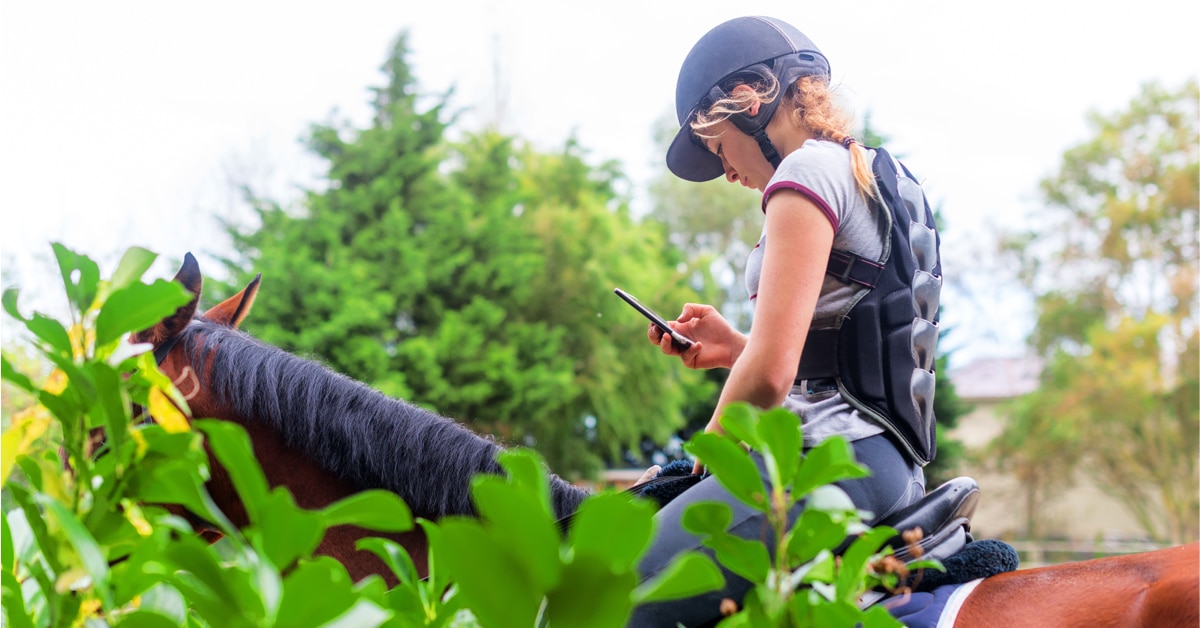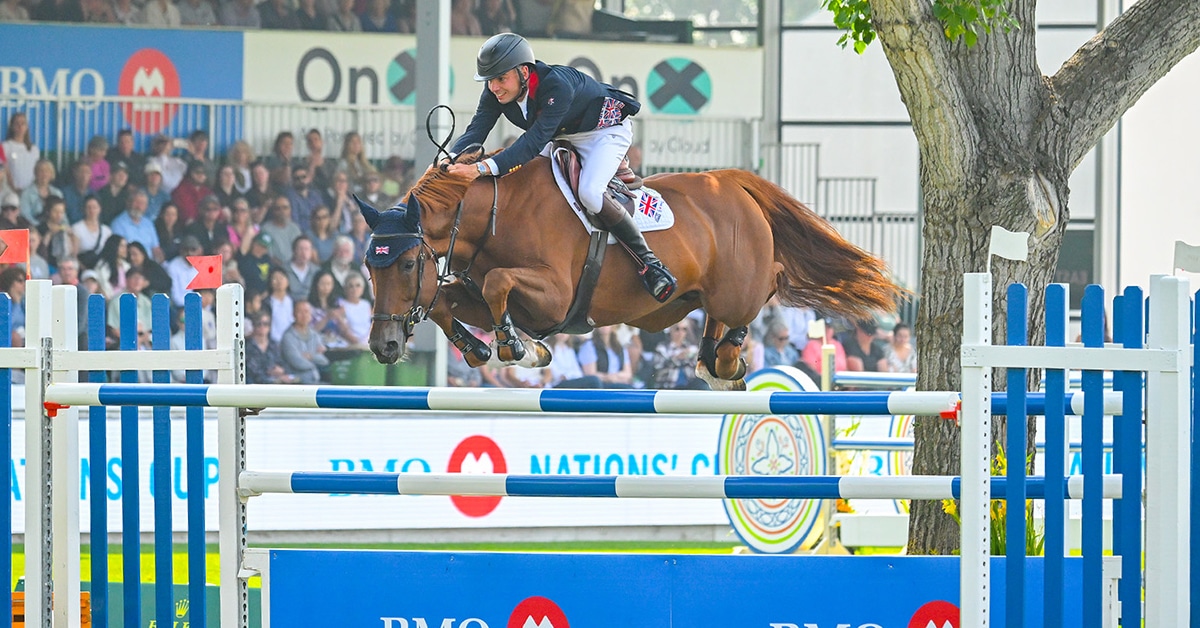Our lower leg is our stability, engine, and steering wheel. This task is multifaceted; it requires hip mobility and stability, pelvic mobility and core stability in 3D (on three planes), ankle mobility, and the ability to sync your pelvis, thorax and skull to stabilize and move with the horse while keeping your eyes level.
Improving hip range of motion and strengthening of all the muscles that cross the joint allow us to balance, drive, and move the rest of our body independently. As a joint that can circumduct (i.e. mobilize in a circle), there is a lot of range of motion to fine tune, as well as to control. With great power comes great responsibility, however; if we lose range of motion or endure injuries, compensations kick in and we lose strength and control.
The exercises below start with mobility and transition to stability training in three planes.

MODIFIED PIGEON
1. Modified Pigeon
This exercise stretches the back of the hip capsule to reduce pinching at the front. Cushion your right knee directly under your hip on hands and knees. Send your left leg behind and cross over your right until you find a stretch at the back of your hip. Hold or move through small vectors for about 30 seconds per side.

CONTROLLED ARTICULAR HIP ROTATIONS
2. Controlled Articular Hip Rotations
This exercise focuses on control through range of motion. In supported standing, bring your right knee and hip to 90/90. Open up your right hip to the side, then slowly start to rotate your heel out. Follow with your knee through hip abduction, then direct your knee backwards and downwards, moving into hip extension, keeping knee flexed. Slowly return to the start position. Repeat in the opposite direction. Then repeat on the opposite side.

SINGLE LEG DEADLIFT
3. Single Leg Deadlift
This exercise trains stability through the hip and pelvis. Standing on your right leg, soften your knee and send your left leg straight behind you while hinging forward at the hip. Ensure your pelvis is level and your ribcage isn’t tracking left or right to compensate for strength/balance. Arch your lower back to load your glutes and push your right knee slightly out to engage the glutes. Slowly squeeze glutes to bring torso back to upright without putting your left leg on the ground. Best done in front of a mirror to monitor pelvis levels side-to-side. Repeat 5 sets x 5 reps per side.
Progression options if the above is difficult:
• leave back big toe on the ground for balance
• hold a balance aid (eg. upside-down broomstick) in the hand opposite the stance leg
• place two fingers on a doorframe/counter for balance (not support)

AIRPLANE
4. Airplane
Standing with some balance support, flex your torso forward at the hip on left leg and incline the torso to about 45 degrees. Slowly rotate the pelvis open to the right as far as possible, externally rotating the left hip. Then control the motion and slowly rotate pelvis all the way to the left, closing down or internally rotating the left hip. Progress to 5 sets x 5 reps per side.
As always, if you feel like you’re trying to train something that you can’t access, or feel extremely tight, get assessed for motor pattern dysfunction to avoid training compensations. Injuries throw dysfunction in the system and a biomechanical assessment goes a long way to optimizing performance.
The Latest
